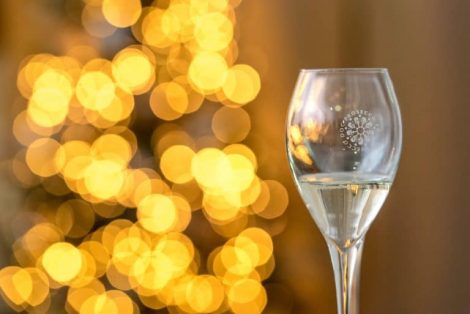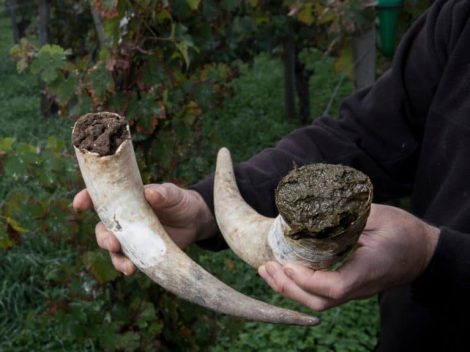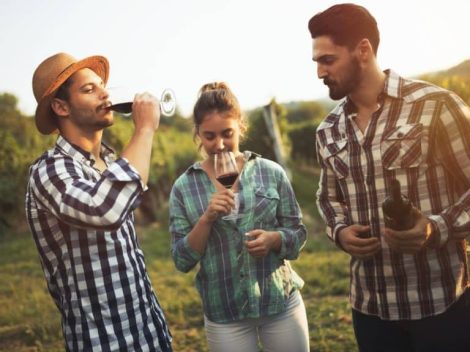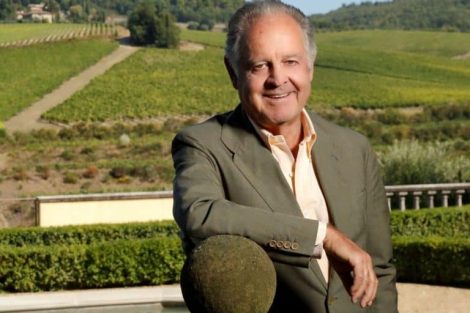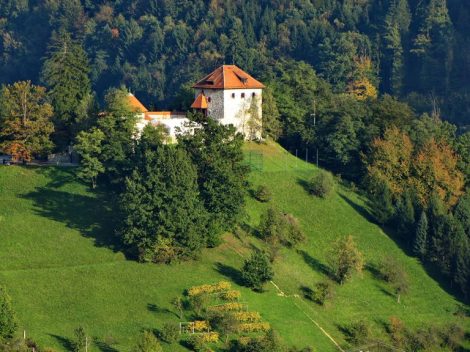Dadaism and digital art
Those who have the idea that Zurich is a tranquil and static place should ask themselves how one of the most extravagant movements of the 20thcentury, that is, Dadaism, came to be born here, along the source of the Limmat river. Perhaps it is that duality that generated strong doses of originality and anti-conformism. Here, too, the first museum of digital art in Europe, the MuDa, was inaugurated last year. Creative ferment is found in the culinary field as well. In 1990, the first dark restaurant in the world, Blindekuh opened. The blind and visually impaired serve delicious food to the unlit tables – a total experience with all the other senses predominating over that of sight. Other original ideas born here include Hiltl, the first vegetarian restaurant. Opened at the end of the 19thcentury, it is still operating, and is mentioned by Guinness World Records.
Architecture
To sample the city’s verve, dive into the heart of Zürich-West. New buildings rise between old constructions, witnessing the industrial past of this one-time working class neighborhood. Today art rules here. The Kunsthalle, Zurich’s museum of contemporary art, is surrounded by Switzerland’s most prestigious art galleries. Prime Tower dominates the neighborhood. It is the tallest building in the city. At an altitude of 120 meters above sea level, its Clouds restaurant has a view over the lake and the Alps, and offers cooking inspired by Catalonia and the Mediterranean. At the food of the Tower is Frau Gerolds Garten, a green oasis in the neighborhood. In cold weather, a charming wooden hut prepares exquisite fondues. Steinfels harks back to the mood of the 1970s, with flavors that range from California to Asia to Mediterranean.
The Markthalle
Under the railroad viaduct is an interesting covered market, the Markthalle. Every day, farmers, bakers and butchers from around the region come to sell their products – a kind of Swiss version of Eataly. Another institution in this urban quarter is Les Halles, an eating place in an ex-Peugeot factory. One of its specialties is fried mussels. Inside, used bicycles are sold, very useful for making your way around this surprising Zurich.
Chocolate and other products
Towards the south, following the river, you come to the most luxurious street in the city. Under Bahnhofstrasse are the caveaus of many world-famous banks. On the surface, besides top name shops, there are other kinds of jewels, such as the chocolates made by Läderach. You can admire the ongoing performance of the chocolatiers inside the shop itself. A few meters from the elegant Bahnhofstrasse, the tone becomes decidedly more rustic, and you might be tempted by Zeughauskeller and such local specialties as Zurich-style stew, wiener schnitzel, sausages or pork roast. The Mayor’s sword is thin steak wrapped around a sword blade and grilled, served with curry-garlic and barbecue sauces on the side. This is the historic center of the city. A few steps farther take you to the brightly colored Chagall stained glass windows in the Fraumünster church.
On the opposite river bank is the historic Schwarzenbach Kolonialwaren, an emporium for tea, coffee, dried fruit, nuts, pasta and such, where purchases are made by weight. For sausages, make your way to Theaterstrasse where, at number 22, there’s the popular kiosk, Sternen Grill.
Italian cuisine in Zurich
In this crossroads of flavors and borrowings, there’s of course space for Italian culinary ventures. The best is at La Zagra (reviewed in Top Italian Restaurants, the new Gambero Rosso guide to Italian restaurants outside Italy). At number 273 on Seefeldstrasse, proprietor Antonio Sturiale presents his Sicilian cucina well-integrated into the reality of Zurich. Try his pasta with sardines or spaghetti with sea urchins. Another Made-in-Italy location is in one of the most romantic buildings in the city, La Terrasse, which pampers its elegant clients with exquisite Mediterranean creations. In summer guests can sit on the relaxing terrace-garden, and breathe in the Dadaist past of this building.
Cafè de la Terrasse
The Cafè de la Terrasse is a good place to start off on an itinerary dedicated to art. Here, at the end of the 19thcentury, artists and intellectuals gathered. The Dadaists, for example, were habitués of the café before they transferred to the Café Odeon, across the street. La Terrasse became the second home to many exiles during the First World War. Benito Mussolini, Vladimir Il'ič Ul'janov (better known as Lenin) took their turns at these tables. This locale was also popular with more conventional visitors, and many physicists, including Albert Einstein, took their coffee here, as did writers like James Joyce and Thomas Mann. The Dadaist artists were comfortable here, although the Cabaret Voltaire, on Spiegelgasse is more famous for those clients. The Cabaret reopened recently as a bar and café, with an exhibition space dedicated to modern art. The first Dadaist evening was held at Zunfthaus zur Waag in July, 1916, and Hugo Ball recited his famous Manifesto here. The restaurant still exists and offers a lovely view of Munsterhof, one of the most romantic squares of the historic center. A distinctive sign for the restaurant is an extraordinary fountain, where, from time to time, wine pours out instead of water. Our food and art tour ideally closes with Kronenhalle, a restaurant where you are surrounded by originals from painters such as Chagall, Mirò and Picasso – the owners at that time accepted works of art as payment for meals. Food and art come together, both viscerally part of being human.
The Lake: an open air monument
Zurich’s lake is truly an open-air monument. We must stop at Fischers Fritz, a pleasant restaurant – with a camping space – that serves Fischknusperli, crisp fish that come directly from lake to plate.True kilometer zero! The stroll, though, can continue along the lake for miles. An excursion to the town of Küsnacht is a must. An apparently ordinary door opens into world apart. Artist and chef Rico Zandonella has created a kingdom where dishes are inspired by Swiss, Italian and French cuisine and where each colorful dish is an aesthetic experience. Rico’s Carbonara is a dizzying combination of taglierini, eggs, foie gras and truffles. Ending our journey here means we have captured the intimate essence of the city. Rico’s is a perfect synthesis of modern Zurich: avant-garde, solid, unexpected – rich in art, culture and good taste.
Food Zürich. In September, the food festival
There’s no period that’s better than another for a visit. Every opportunity is a good one to visit Zurich. In the winter, the Alps are snow-covered and the Christmas markets open. In the warmer weather, the parks are green and the lakeside beaches open for swimming. But for the palate-minded, the best time is certainly September, when Food Zürich is held, the festival launched by the city’s tourist organization and its partners. For eleven days, from September 7 to 17, over 70 events are dedicated to foodies. This second edition will feature tastings, dinners, show cooking that will involve some of the city’s most famous chefs and, of course, street food.
Addresses
Vollenweider Chocolatier Confiseur| Theaterstrasse 1 | 8001 Zürich | tel. +41 (0)43 288 04 04| vollenweiderchocolatier.ch
Confiserie Sprüngli | Bahnhofstrasse | 8001 Zürich| tel. +41 (0)44 224 47 11
Teuscher | Bahnhofstrasse 46 | 8001 Zurich | tel. +41 (0)44 211 5153| teuscher.com
Läderach| Bahnhofstrasse 106 | 8001 Zurich | tel. + 41 (0)44 211 53 72| laederach.com
Conditorei Schober| Napfgasse 4 | 8001 Zurigo | tel. +41 (0)44 251 51 50 | conditorei-cafe-schober.ch
by Loredana Sottile

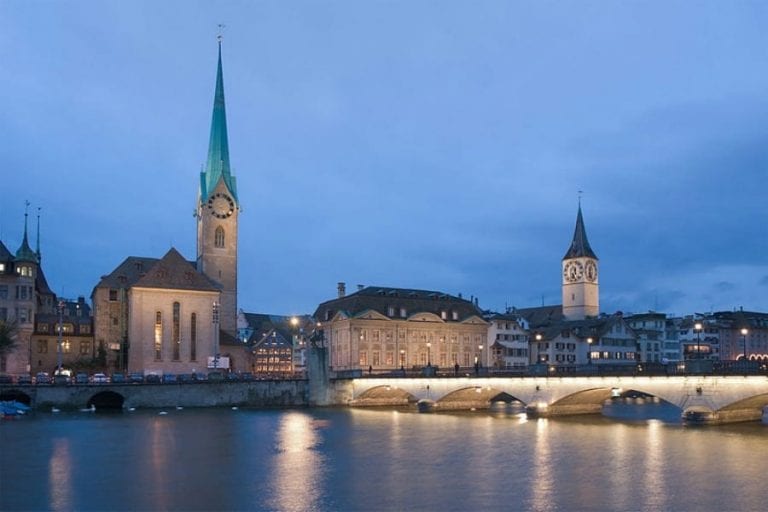

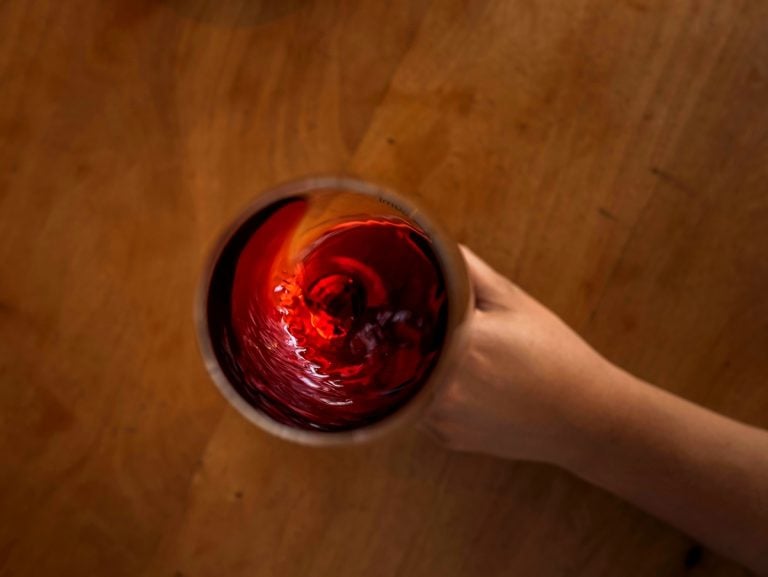 Historical breakthrough: Italy will also produce dealcoholised wines. Lollobrigida signs the decree
Historical breakthrough: Italy will also produce dealcoholised wines. Lollobrigida signs the decree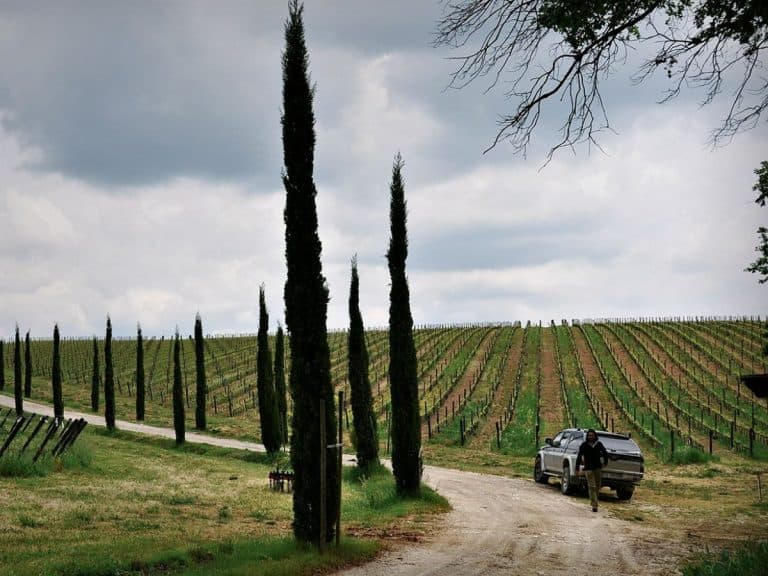 If you say Syrah, you say Cortona. The story of Stefano Amerighi and other Tuscan producers
If you say Syrah, you say Cortona. The story of Stefano Amerighi and other Tuscan producers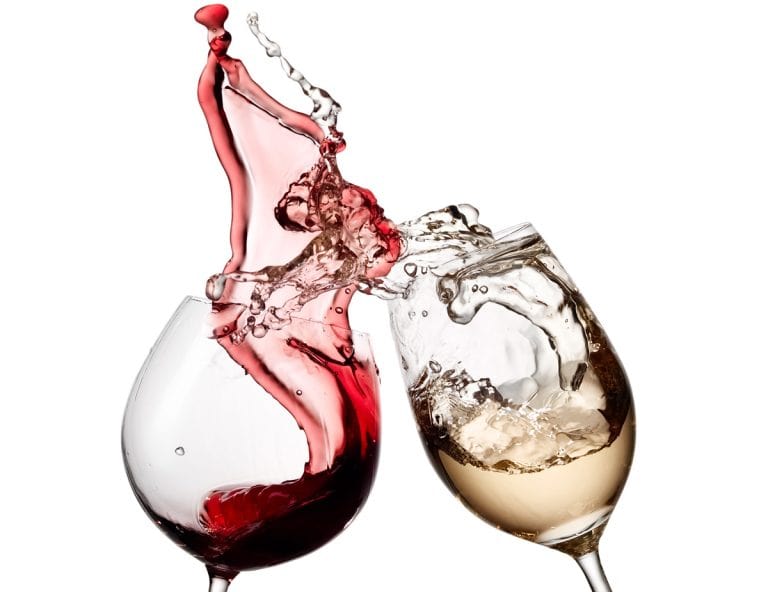 The Game (and the misunderstanding) of dealcoholised wines: even an expert critic can be fooled at first sip
The Game (and the misunderstanding) of dealcoholised wines: even an expert critic can be fooled at first sip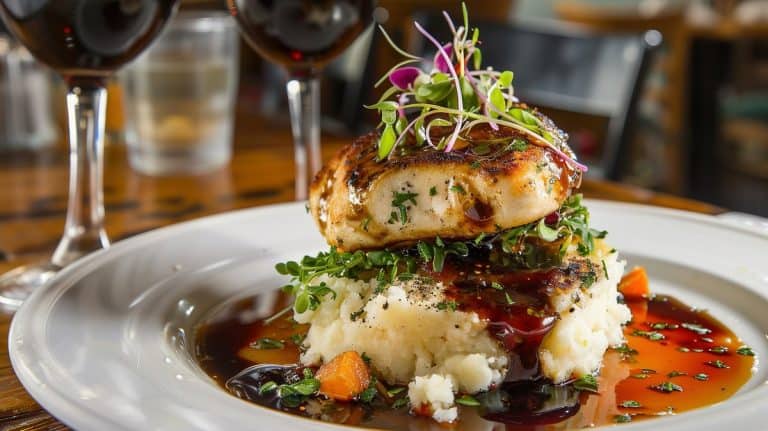 With fish, you can (also) drink red!
With fish, you can (also) drink red!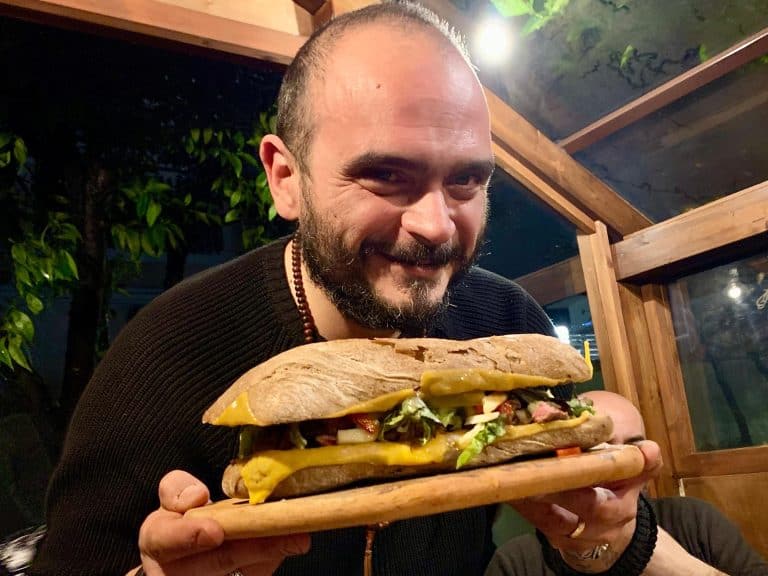 The story of the pharmacist who dispenses prescriptions by day and crafts gourmet burgers by night
The story of the pharmacist who dispenses prescriptions by day and crafts gourmet burgers by night